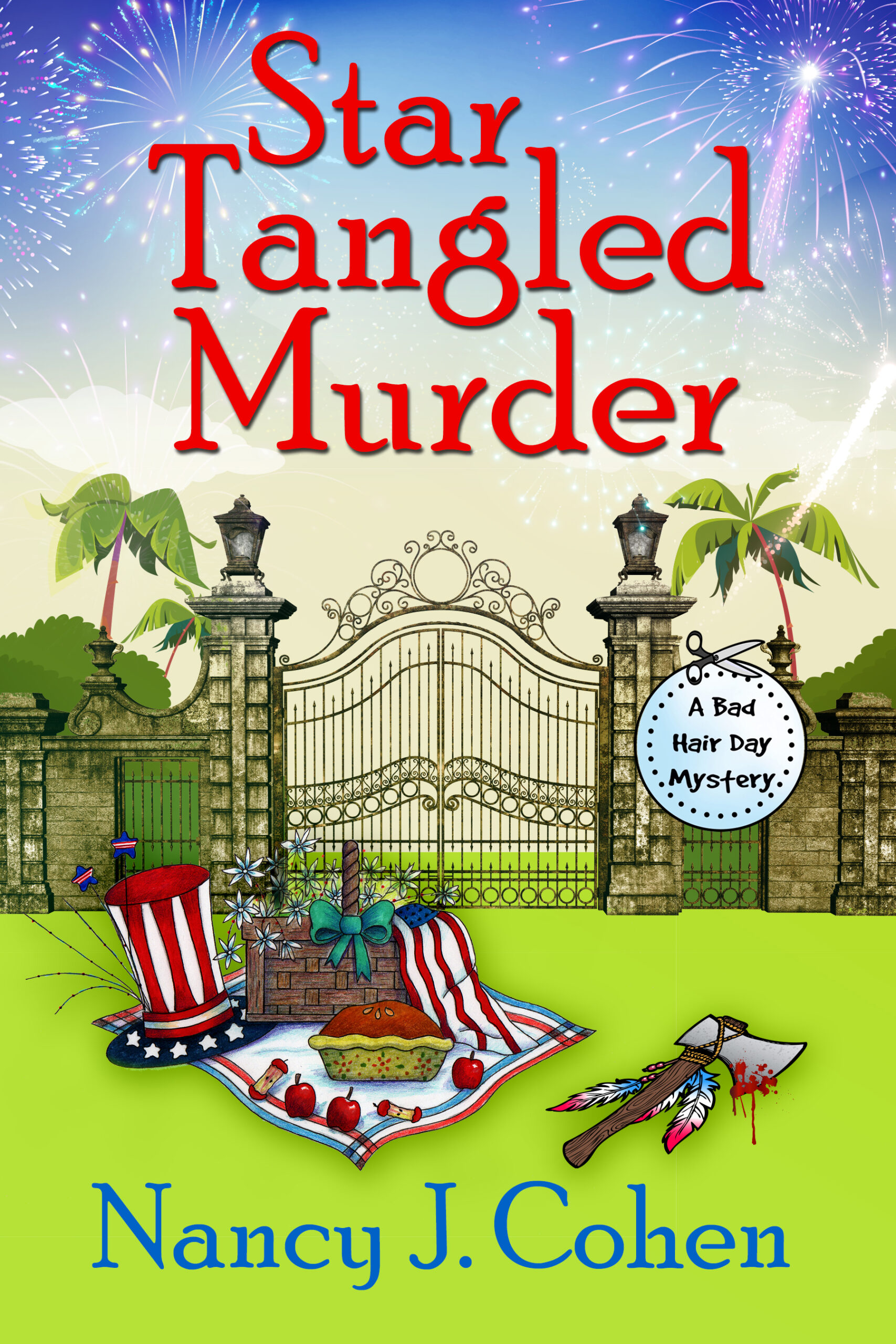Revisions on your novel can seem like a never-ending task. This seems especially true when you get a letter from a reader years later to tell you about a misspelled word. We’re never going to get it absolutely perfect, but we can do our best.
In an earlier post, I’d mentioned the Five Stages of Writing. I’ve also talked in other posts about line editing and other techniques for improving your work. What comes next after you’ve sent the book in to your editor? Here’s a list of suggestions:
1. Make the corrections advised by your editor when she sends your story back with comments.
2. Check your formatting throughout the manuscript after making a series of changes. Be sure all chapter headings are consistent. Turn on the paragraph symbol in Word and look for misplaced sentences or extra spaces. Do a search for [space]^p and replace with ^p. Then do a search for ^p[space] and replace with ^p. This gets rid of extra spaces before and after a paragraph.
3. Review your editor’s comments to make sure you haven’t skipped anything.
4. Revise the synopsis and chapter outlines to reflect any changes to the story or the timeline.
5. Do a thorough read-through to make sure everything reads smoothly and to see if you caught all the changes. One change may lead to another, and you might miss some if they’re one or two lines here and there.
6. Do another read-through if these second round of changes were significant.
7. Consider using a software program like Smart-Edit to check for redundancies, repetitions, or clichés that your editor might have missed. (Or do this step before you turn in your manuscript for the first time.)
8. Send the book to beta readers for another round of critiques from the readers’ viewpoint and for proofreading. If you are traditionally published, this is when you send the book in for copy edits.
9. Follow-up with another round of revisions and a complete read-through again.
10. Send in the finalized book to your editorial house or to your formatter for production.
11. Read through the entire ARC (advance reading copy) for conversion errors and final tweaks.
12. Approve the final version.
What else do you do during the Revisions Stage?
























Reblogged this on ❧Defining Ways❧.
Thanks for the reblog!
Thanks for the checklist, Nancy, so timely as I’m planning to do edits in June for a new book.
Edits seem to go on forever, don’t they? Good luck with your revisions!
Some good points I hadn’t thought of before, particularly #2. I also use Smart Edit and Hemingway both to catch spelling, punctuation, repeated phrases(Smart Edit) and awkward phrasing (Hemingway). I’ll save this post for the pointers I hadn’t seen before. Thanks, Nancy!
You are welcome, Thonie. All of this can be tedious but necessary to the process.
A step I’ve found vital is having my computer read the work aloud. The options have improved so it’s not such a ‘robot’ voice anymore. I learned this when putting my books into audio. Listening to someone else read the words really pinpoints clunkers and other mistakes. If I read it aloud myself, I tend to read what’s supposed to be there, not what’s really on the page.
Yes, good idea. I’ve made changes to my writing based on how sentences sound in audio.